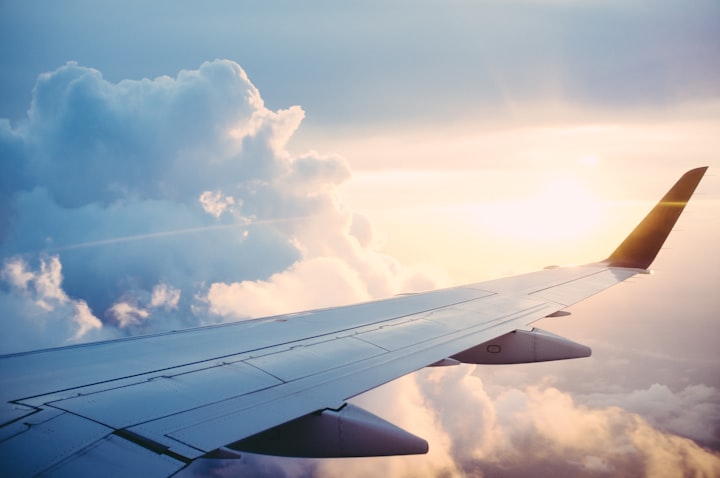Enhancing Air Travel Safety: Innovations and Operational Practices
Let's see Enhancing Air Travel Safety: Innovations and Operational Practices

In the dynamic realm of aviation, ensuring passenger safety remains paramount. With advancements in technology and operational practices, the aviation industry continually explores new avenues to enhance safety measures. While concepts like ejector seats and passenger parachutes might sound appealing in theory, practical implementation presents significant challenges. Moreover, existing safety protocols, such as cabin equipment and operational procedures, already offer robust protection.
Ejector seats, often associated with military aircraft, are impractical for commercial airliners. Despite the allure of immediate rescue for every passenger, the logistics prove daunting. To accommodate ejector seats, passengers would require harnesses and oxygen masks, adding complexity and discomfort to routine flights. Moreover, the physical stress of ejection poses substantial risks, especially for untrained individuals. Consequently, while intriguing, ejector seats remain an impractical safety solution for commercial aviation.
Similarly, the proposition of equipping each passenger with a parachute faces logistical and safety hurdles. While parachutes theoretically offer a means of escape in emergencies, their weight and cost compromise aircraft efficiency. Furthermore, the complexity of deploying parachutes in high-stress situations, compounded by passengers' lack of training, undermines their effectiveness. Commercial aircraft design and operational protocols prioritize other safety measures over individual parachutes, making their widespread adoption unfeasible.
Addressing concerns about engine safety, aircraft design incorporates robust measures to mitigate risks. While engine intakes might appear vulnerable to bird strikes, comprehensive engineering safeguards prevent catastrophic incidents. Engine design balances airflow efficiency with protective measures to minimize the likelihood of foreign object ingestion. Moreover, flight altitudes minimize birdstrike risks, with incidents predominantly occurring during ascent and descent phases, posing minimal threat to engine integrity and passenger safety.
Contrary to common misconception, aircraft possess the capability to maneuver in reverse, albeit under specific circumstances. While airplanes primarily rely on forward propulsion, ground handling equipment facilitates reverse movement during taxiing. Pushback tractors, integral to ground operations, assist aircraft in navigating airport aprons and reaching departure gates. Thus, while airplanes seldom move in reverse during flight operations, ground support equipment enables necessary maneuvers on the ground.
Incorporating advanced technology, modern aircraft feature exterior cameras for enhanced situational awareness. These cameras aid pilots during challenging maneuvers, ensuring precise navigation and safety during taxiing and parking. Within the cabin, surveillance cameras serve a distinct purpose, primarily monitored by flight attendants for security and passenger well-being. By leveraging technology judiciously, airlines prioritize safety and operational efficiency throughout the flight experience.
Furthermore, adherence to established safety protocols remains fundamental to air travel. From electronic device regulations to seat positioning during critical phases, these guidelines optimize passenger safety and emergency preparedness. Airplane mode requirements mitigate potential electromagnetic interference, ensuring uninterrupted communication between aircraft systems and air traffic control. Similarly, stowing large electronic devices minimizes obstructions, facilitating swift evacuations in emergencies.
Window blind and cabin lighting regulations play a crucial role in optimizing passenger readiness during emergencies. By adjusting cabin lighting and window blinds according to external conditions, passengers acclimatize to ambient light levels, expediting evacuation procedures. Additionally, cabin markings, such as seat row indicators, streamline crew responses during emergency inspections, enhancing operational efficiency.
In conclusion, while concepts like ejector seats and passenger parachutes capture the imagination, practical considerations render them impractical for commercial aviation. Instead, the industry focuses on a multifaceted approach to safety, incorporating advanced technology, rigorous operational practices, and adherence to established protocols. By prioritizing passenger well-being and operational efficiency, the aviation sector continues to elevate safety standards, ensuring secure and comfortable air travel experiences for passengers worldwide.
THANK YOU GUYS TO SEE MY ARTICLE
i hope you guy loved it and plz make sure like the article bye
About the Creator
Batshal Sharma
just a man





Comments
There are no comments for this story
Be the first to respond and start the conversation.